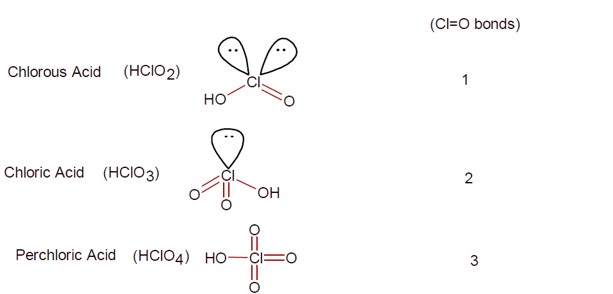The p -Block Elements
Get insights from 164 questions on The p -Block Elements, answered by students, alumni, and experts. You may also ask and answer any question you like about The p -Block Elements
Follow Ask QuestionQuestions
Discussions
Active Users
Followers
New answer posted
2 months agoContributor-Level 10
Red phosphorus undergoes disproportionation on reaction with alkali to form H4P2O6 and PH3
New answer posted
2 months agoContributor-Level 10
Initial m equivalent of Cu²? = 200 * 0.5 * 2 = 200 m eq
So electricity passed = (0.965*3600)/96500 = 36 * 10? ³ eq. = 36 m eq
m eq CuBr? remaining = 200 – 36 = 164 ∴ N = meq / V (in ml) = 164/200 = 0.82
New answer posted
2 months agoContributor-Level 10
Sm ⇒ +2, +3 (4f? , 6 s²); Gd ⇒ +3 (4f?5 d¹6 s²)
Tm ⇒ +2 + 3 (4f¹³,6 s²); Nd ⇒ +2, +3, +4 (4f? , 6 s²)
New answer posted
2 months agoContributor-Level 10
Sometimes, when maximum covalency is obtained, the halides become inert to water, thus SF? (or similarly CCl? ) is stable. This is because SF? is coordinately saturated and sterically hindered. Thus, SF? is inert to water, because of kinetic rather than thermodynamic factor.
A. PCl? + 4H? O → H? PO? + 5HCl
B. SiCl? + 4H? O → Si (OH)? + 4HCl
C. BCl? + 3H? O → B (OH)? + 3HCl
New answer posted
2 months agoContributor-Level 10
The process of moving sodium and potassium ions across the cell membrane is an active transport process involving the hydrolysis of ATP to provide the necessary energy.
New answer posted
2 months agoContributor-Level 10
As Zn (OH)? , BeO, Al? O? are amphoteric, so they can react with both HCl and NaOH.
New answer posted
2 months agoContributor-Level 10
(A) SiO? has three-dimensional network structure of Si – O bonds; while carbon dioxide consists of discrete CO? molecules. SiO? is solid, whereas CO? is a gas
(B) Because of its great affinity for oxygen, Si always occurs as the oxide, silica (SiO? ) or in the form of silicates, which are the compounds of SiO? with other metal oxides.
(C) SiO? + 2Mg → Si + 2MgO
(D) The reluctance of silicon to form pπ – pπ bonds to itself is clearly shown by the fact that silicon does not exist in graphite-like structure, but only in diamond like structure.
Taking an Exam? Selecting a College?
Get authentic answers from experts, students and alumni that you won't find anywhere else
Sign Up on ShikshaOn Shiksha, get access to
- 65k Colleges
- 1.2k Exams
- 679k Reviews
- 1800k Answers

